|
Root Vegetables It’s the depth of winter, which means there’s little color to find in anyone’s garden. The produce section has plenty of fruits and vegetables to pick from, but which are actually in season? If you’re looking for vegetables that are in their prime and wallet-friendly, turn to root vegetables. Root vegetables are ripe in the fall through spring and most often eaten in the winter as hearty soups and stews, bakes, mashes, and pot pies. Appropriately labeled, root vegetables are found in the ground. 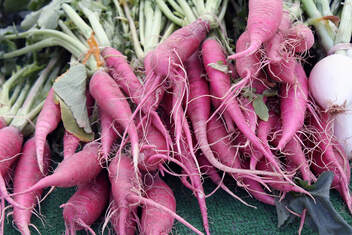 So, what counts as a root vegetable? There are over a hundred different types of root vegetables worldwide. The most commonly known ones in the United States are the following:
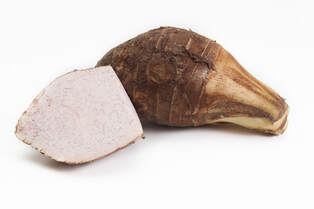 Other root vegetables have made a name for themselves as well, most commonly in the international districts and Asian markets. These include:
Root vegetables are an excellent source of vitamins and minerals. A 100g serving of carrots or sweet potato packs over 90% of the Recommended Daily Amount of vitamin A! Vitamin A contributes to good vision and supports immune function. Potatoes, turnips, and parsnips are excellent sources of potassium. Potassium helps regulate the heartbeat and keep muscles and nerves functioning properly. Root vegetables are also low calorie, at just 100 calories per cup. Some root vegetables have interesting origins. Sweet potatoes and yams were first cultivated in South America and Africa and slowly made their way to the United States with the colonial wave. Taro, an Asian root similar to the potato, may have been cultivated as early as 5000 BCE and predates rice as the main starch in the East Asian and South Asian diet. Not all root vegetables are the same. In fact, there are many different categories.
Bulbs: Like fennel, shallots, and onions, they have a distinctive layering in their flesh and high water content. Bulbs are essentially underground stems that the plant uses for storage to survive the colder months. They are typically used for flavoring due to their pungent taste and odor, and they have a sweeter flavor and softer texture when cooked. Corms: Like celery root and water chestnut, corms are very similar to bulbs, but they lack the layered scales that characterize bulbs. Like bulbs, they are also underground plant stems used for nutrient storage during the winter. Tap Roots: Like beets, carrots, and parsnips, taproots are a swollen central root of a plant that breaks off into smaller, tendril-like roots. They are typically hard when raw and soften when cooked. Tuberous Roots: Like sweet potatoes and yucca, tuberous roots (tubers for short) are typically the base of the root and part of the stem that can protrude from the ground. They are swollen nodules of the plant’s root system and do not require much digging to be removed from the ground. An excellent example of this is the Casava plant, cultivated in South Asia and used for savory dishes, desserts, even to make reusable bags! Rhizomes: Like ginger, turmeric, and garlic, rhizomes are typically used for seasoning other foods. Rhizomes, unlike the roots listed above, grow horizontally rather than vertically. They contain antioxidants and become more aromatic when cooked. Tubers: Like potato and yam, tubers are different from tuberous roots. While tuberous roots are swollen nodules of the plant’s root system, tubers are swollen plant shoots used for vegetative reproduction. Produce costs vary by season When in season, root vegetables are budget-friendly. A pound of carrots can cost as little as $0.99, and a pound of beets $1.12. If you’re looking for a nutritious, affordable, and versatile vegetable to add to your dinner plate, root vegetables are the way to go! Emily Strawn, Dietetic Intern Sources https://www.ers.usda.gov/data-products/chart-gallery/gallery/chart-detail/?chartId=58340 https://www.freshpoint.com/news/root-vegetables-vs-tubers/ https://www.thespruceeats.com/chinese-white-radish-daikon-694717 https://foodprint.org/real-food/taro/ https://foodprint.org/real-food/rutabaga/ https://eliteclubs.com/nutrition-guide-to-root-vegetables/ https://www.verywellfit.com/
0 Comments
|
SD BlogA place for our consultant Registered Dietitian Nutritionists (RDNs) to share nutrition science, yummy and healthy recipes, tips on seasonal ingredients, and other nutritional musings. Enjoy! Categories
All
Archives
May 2024
|

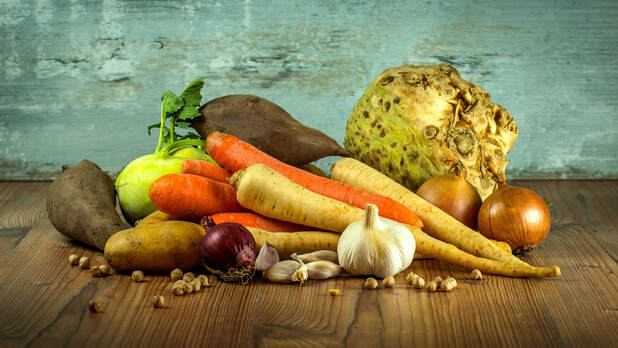
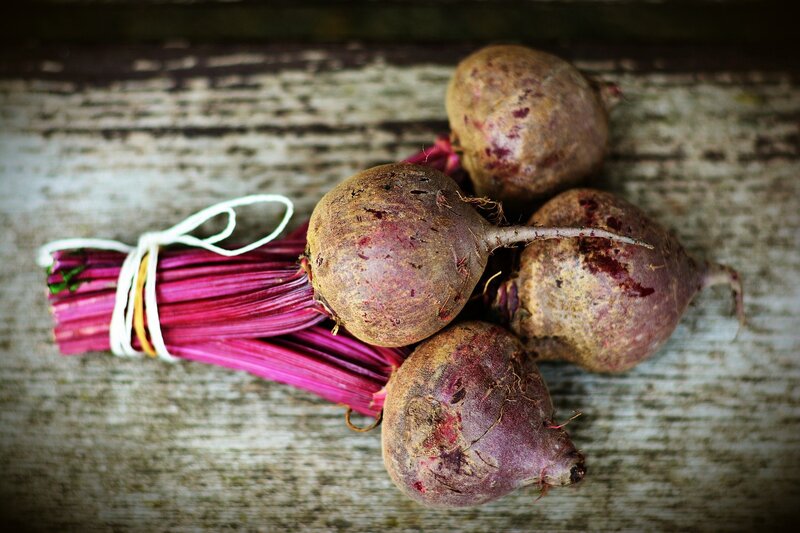
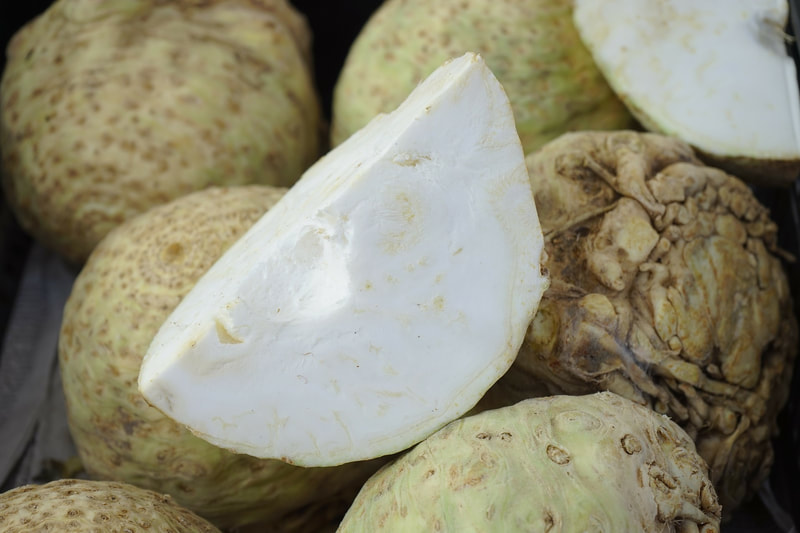
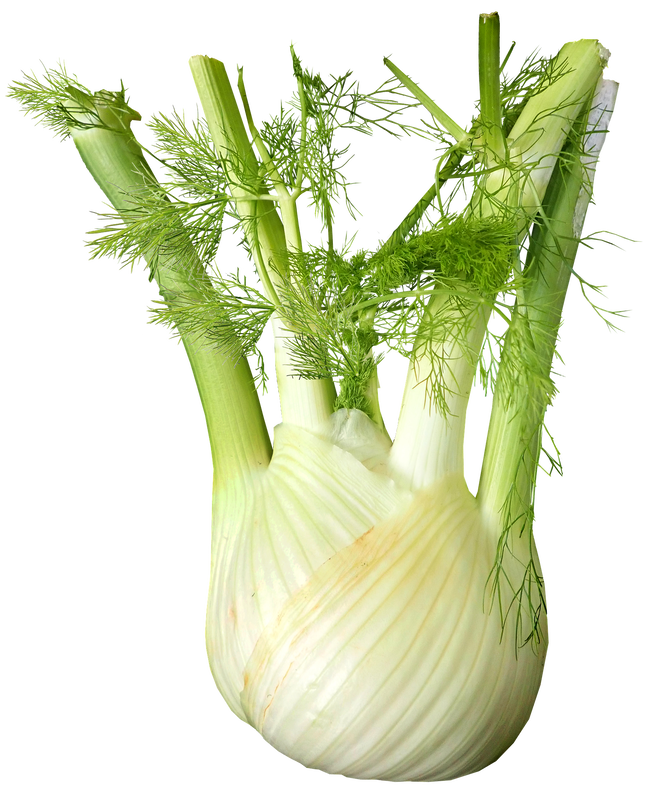

 RSS Feed
RSS Feed